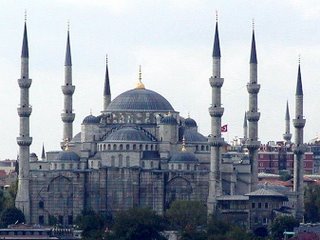 A few months ago, I spent a few days in Istanbul Turkey.
A few months ago, I spent a few days in Istanbul Turkey.
I felt privileged to experience their hospitality.
***********************************************************************************I was a little apprehensive about traveling to this new part of the world. A few weeks before we arrived in Turkey, several tourists were killed in a crowded restaurant from a bomb blast planted by dissident Kurds. As we arrived at the hotel, our car was stopped by a nail barrier, pushed before the wheels, inspected underneath with mirrors, and searched for explosives. The government was taking no chances but I was beginning to wonder if we had made a mistake by traveling here.
Our customs are quite different and in the short time we will be here, it will be difficult not to show our western traits. Crossing your arms, sticking your hands in your pockets or showing the soles of your feet is considered rude. As we drifted off to sleep that night, I noticed a compass rose etched into the table top. The morning call to worship requires Muslim followers to pray towards Mecca.
We decided to arrive in Turkey a few days early to see the city and spend some time wandering around before sailing towards the Greek Islands. The Turks are VERY aggressive when they drive in busy traffic. Traveling from the airport to the hotel, a Mercedes Taxi will lumber along comfortably at 160 km, and people drive like this all the time.

Istanbul is a city of 10 million people and I wondered how they lived in a culture where religion permeates the society. As we ate breakfast we could see the sun glistening off the domes of the Sultans Palaces. It seemed only a short walking distance to one of the most famous Mosques in Istanbul and we wondered if we could walk there safely. I could sense the difference between the responses of the hotel staff and servants as Marilyn or I asked directions from the Hilton Hotel.
Turkey is a very male dominated society. The males kiss each other on the cheek and hug each other in public. As we walked downtown, I saw two men walking together arm in arm. Make no mistake about it, the men in Turkey are very masculine and there was nothing “funny” about this. It was only a sign of friendship. Istanbul is a city where even our basic words, unintentionally, can come into conflict. I began to think about everything before speaking or posturing.

But like most things you fear while reading the papers, Marilyn and I found Turkey to be a warm and friendly place. We (or I should say me) got up our courage to take a walk downtown the next morning. The more I visit different parts of the world, the more I realize people are the same everywhere we visit.
We felt very comfortable walking around and often sat down on a bench and watched people. (one of my favorite sports). It’s true about showing your feet and I noticed when sitting on the benches, the men would cross their legs in a way not to offend others with their soles. There is still a big difference between the young and old people also. I would notice a young couple embracing and holding hands occasionally but also older women dressed in the traditional “head to toe” covering. I never noticed anyone wearing shorts. For the most part, they are very modest.
Because we are from West Virginia, and this is a city of 10 million people, and the chances of meeting someone from your own home town are about 10 million to one, we were both shocked to find ourselves standing across from our neighbors after exiting the Topkapi Palace.
I couldn’t believe my eyes when I saw our friends that we regularly practice Yoga with in Charleston. They had been on tour for a few weeks earlier and were here the same day and time. We didn’t know they were going to be here and they didn’t know we were going to be here.

Perhaps Allah was granting us a special memory?
That evening we had a meal at one of the local restaurants, with local music, and Turkish Belly Dancers. They have amazing muscle control and are the best in the world. We were also introduced to the local drink. It’s called Raki and has a licorice taste. It’s 45% alcohol and mixed half and half with an equal shot of water. It’s VERY strong and popular with the Turks.
I was impressed with Istanbul and found it to be a fascinating place to visit and I wish we could spend more time here and mingle with the people. Don’t expect to leave Turkey without being shown their famous hand made rugs and I could have spent days at the Grand Bazaar. It’s one of the oldest trading places in the world and something not to miss.
The people are warm, friendly, and polite.
We could learn a lot from them.
I’d come back here in a heart beat.
We loved this place!
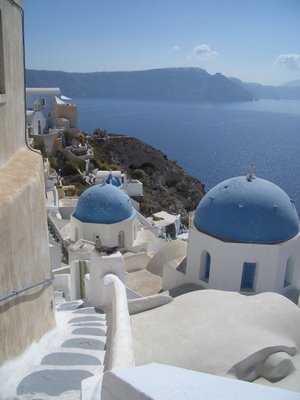
 Well…one thing for certain, there was an enormous “Big Bang” here once and as I mentioned earlier, it’s still smoldering.
Well…one thing for certain, there was an enormous “Big Bang” here once and as I mentioned earlier, it’s still smoldering. 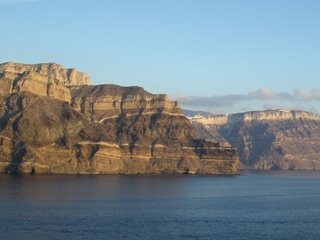




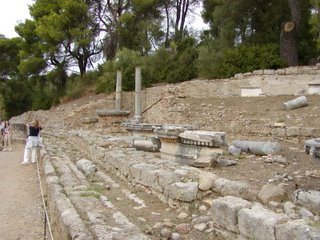
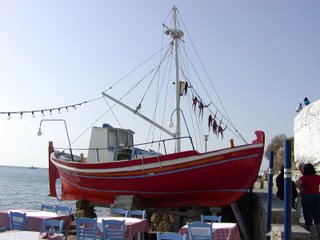



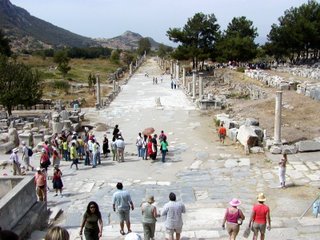
 This is going to be a much different trip than the one in my Navy days. The Mediterranean Sea is a very interesting place and I am looking forward to seeing it through the eyes of an older person.
This is going to be a much different trip than the one in my Navy days. The Mediterranean Sea is a very interesting place and I am looking forward to seeing it through the eyes of an older person.


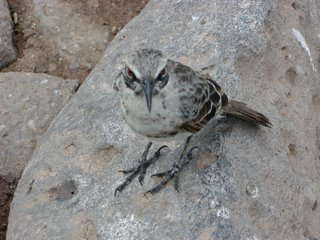 The Mockingbirds cleverly determined our drinking water was in the plastic bottles we carried on shore. Whenever they saw a clear plastic bottle, they automatically expected a free drink because fresh water is RARE on the islands.
The Mockingbirds cleverly determined our drinking water was in the plastic bottles we carried on shore. Whenever they saw a clear plastic bottle, they automatically expected a free drink because fresh water is RARE on the islands.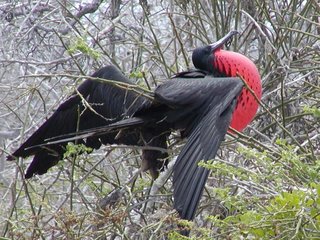 We didn’t see a lot of Flamingos but I got a good shot of this one wading in brackish water and feeding on marine life.
We didn’t see a lot of Flamingos but I got a good shot of this one wading in brackish water and feeding on marine life.  These blue footed birds are famous and you won’t find these at many places in the world.
These blue footed birds are famous and you won’t find these at many places in the world. Our trip was nearing the end now and we would spend a few days in a little town before flying back to Quito and returning home. We had been sailing for about a week and staying on the small boat as we moved between the islands.
Our trip was nearing the end now and we would spend a few days in a little town before flying back to Quito and returning home. We had been sailing for about a week and staying on the small boat as we moved between the islands.





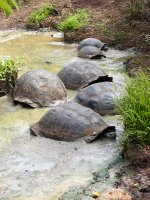







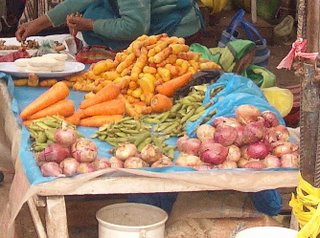
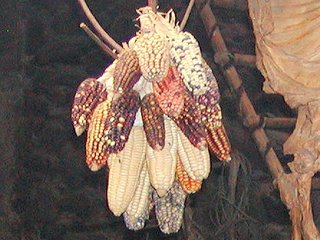


 One of the strangest things I saw in South America was the SKULLS of their ancestors sitting on the mantle of a small hut. It was much like placing the pictures of our relatives and loved ones on the fireplace of our homes.
One of the strangest things I saw in South America was the SKULLS of their ancestors sitting on the mantle of a small hut. It was much like placing the pictures of our relatives and loved ones on the fireplace of our homes. Life is SO simple here and SO primitive at times.
Life is SO simple here and SO primitive at times.  This is the daily life for many people in Peru and Ecuador.
This is the daily life for many people in Peru and Ecuador. 







 FROG is played with a handful of gold coins, which are tossed through the air towards a box, with (what else) but a “GOLD FROG” in the middle of it.
FROG is played with a handful of gold coins, which are tossed through the air towards a box, with (what else) but a “GOLD FROG” in the middle of it. After the first couple of tosses, I had the same feeling a good basketball player has when he shoots the ball from half court. The bells were ringing as coin after coin found the GOLD FROG and I racked up an impressive score of ten thousand points.
After the first couple of tosses, I had the same feeling a good basketball player has when he shoots the ball from half court. The bells were ringing as coin after coin found the GOLD FROG and I racked up an impressive score of ten thousand points.